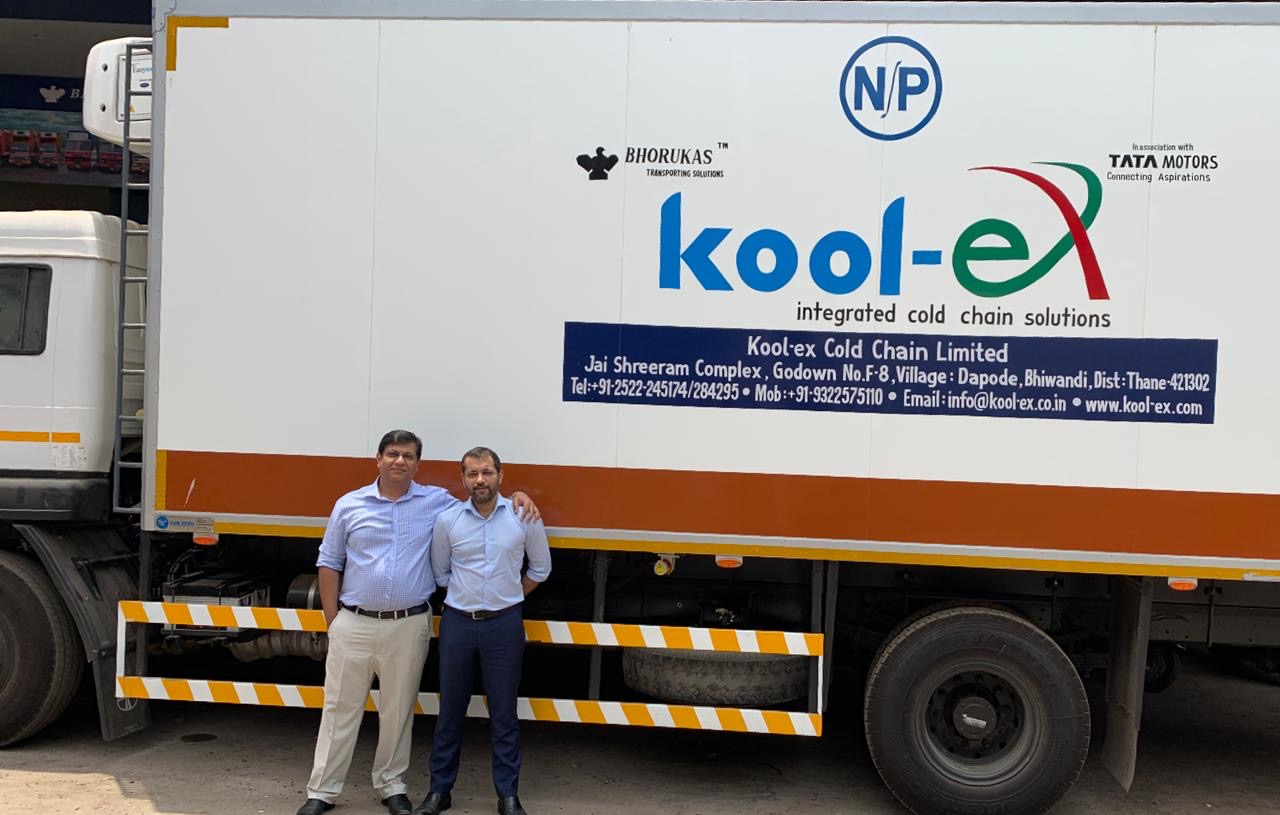Three ways digitization helps manufacturers

These days, business growth in the manufacturing sector relies more heavily than ever on both the resilience and the agility of operations.
Manufacturers who are able to alter their production lines to meet a spiking demand quickly generate profits, while others who are slow to react are forced to downsize operations. As consumers become accustomed to Amazon-like rapid logistics and fast deliveries, many manufacturers seek to emulate this ability and to address customer demand in a highly flexible manner.
A common element has emerged among the manufacturing organizations who have successfully navigated these marketplace challenges: they have invested in digital infrastructure that allows their businesses to operate with a much higher degree of process adaptation and flexibility. According to a recent McKinsey & Company global survey, organizations are now accelerating their digitization plans and strategies by 3-4 years to enhance their competitive position. These firms are embracing the three pillars of an agile supply chain: open and connectible operations technology (OT), more integration of information technology (IT), and engagement with a vetted and validated ecosystem of business partners.
Key business flexibility enablers revolve around digitization
A closer look at the three digital transformation pillars reveals the advantages of each in enabling quick responses to fast-changing and unpredictable marketplace conditions.
- Open operations technology (OT) — As digitization accelerates its influence across more aspects of industrial operations, hardware plays less of a role and software plays a greater role in driving operational efficiency. As such, interoperability of best-of-breed software solutions emerges as a critical element that delivers the efficiencies needed to establish marketplace advantage. New, open software tools that work together enable the agility, innovation, and the consistent quality needed to compete. Many recognize that a history of investment in closed, propriety hardware and software platforms runs counter to this goal of increased efficiency. Fortunately, today, it is possible and prudent to implement an open, standards-based architecture capable of creating step-change improvements in operations and faster time-to-market delivery of highly customized products to consumers. Universal automation introduces a world of “plug and produce” automation software components that easily deploy to address specific business challenges. Interoperable and portable universal automation solutions help optimize cost and performance through easy integration of best-of-breed components. In addition, since the apps are vendor-neutral and hardware agnostic, end users can implement new ways of driving manufacturing agility and productivity.
- Integration with IT applications — The openness of this new architecture makes integration work much more manageable and enables tighter IT/OT convergence. An example is the growth of edge computing in industrial environments. IDC estimates there will be an 800 percent growth in the number of applications being launched at the edge by 2024. Edge computing enables real-time processing closer to plant operators, rather than sending data to more central locations in the cloud. This allows more immediate data to be gathered from the connected systems and devices. The ability to analyze that data at the point of creation leads to faster and more accurate operator decisions helping to drive the profitability of the business.
Edge computing is tailor-made to address post-pandemic business needs such as an increasingly distributed workforce, the ability to respond quickly to changing manufacturing line conditions, and faster post-crisis recovery (tighter connectivity and collaboration among supply chain partners).
- A solid ecosystem of partners — When it comes to the digitization of industrial operations, no one company can do it on its own. Achieving the promised speed and flexibility benefits of Industry 4.0 relies on assembling the right ecosystem of technology partners. These partners should include technology suppliers who offer open, portable solutions, certified industrial automation systems integrators on the OT side, and, on the IT side, managed service providers, distributors, and systems integrators. In this way, manufacturers will be in a much better position to strike the right balance between cost and innovation while boosting connectivity, resilience, and agility.
Authored By Sachin Bhalla, Vice President & Country General Manager, India & SAARC, Secure Power Division, Schneider Electric





